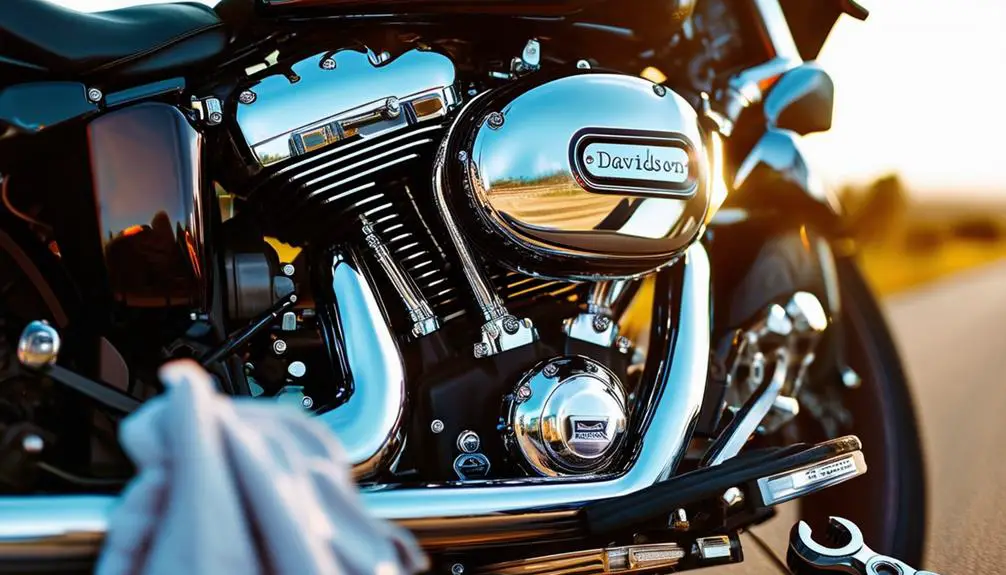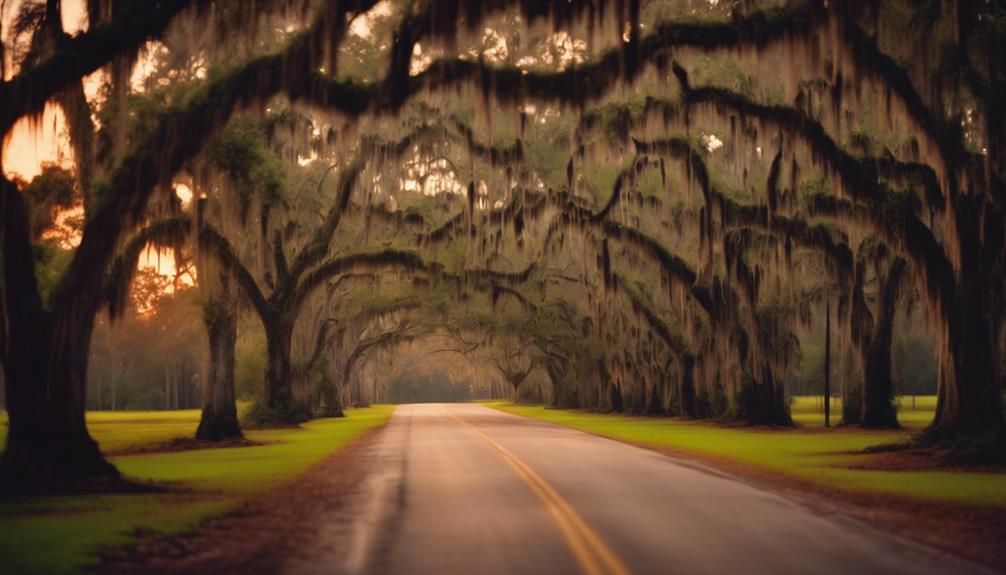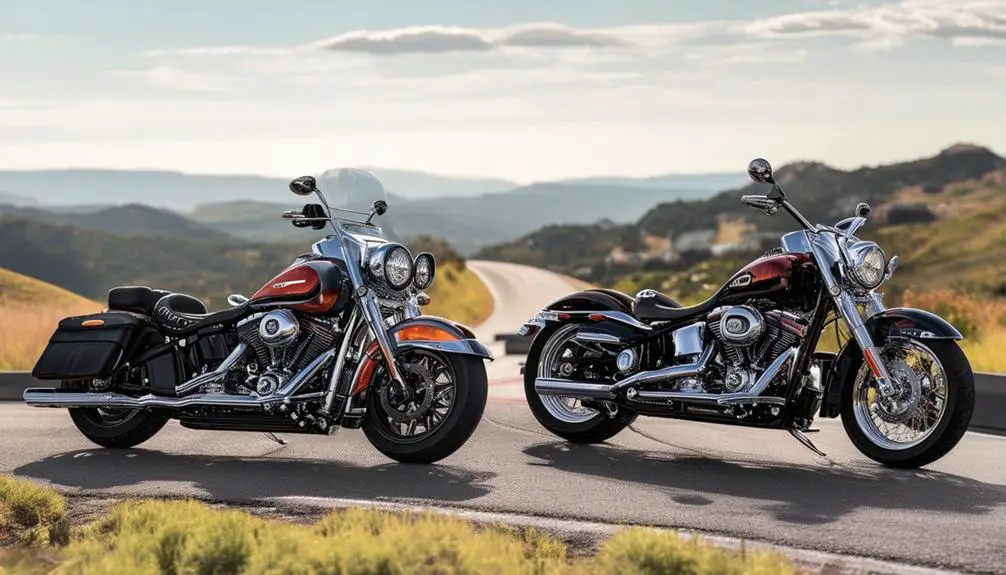Harley-Davidson, a name synonymous with raw power, iconic design, and superior performance, has been at the forefront of motorcycle engineering for over a century. One of their most notable achievements is the creation of the Twin Cam engine. This article will delve into the various aspects of this engine, discuss its evolution, strengths, and weaknesses, and compare it with other notable Harley engines like the Evo motor.
Quick nav: Is the Harley 103 a Good Engine? Yes, No, Maybe So
Understanding The Twin Cam Engine
The Harley-Davidson Twin Cam engine, produced from 1998 to 2017, is a noteworthy evolution in the lineage of Harley-Davidson engines. Despite significant differences from its predecessor, the Evolution engine, the Twin Cam engine shares many characteristics with the long lineage of its predecessors. The engine’s structure consists of two cylinders in a V-twin configuration at 45°, is air-cooled, activates valves with push-rods, and the crankshafts have a single pin with a knife and fork arrangement for the connecting rods, sandwiched between a pair of flywheels.
The Birth of the Twin Cam
The Twin Cam engine made its debut in the 1999 model year, marking a significant shift in Harley-Davidson’s approach to engine design. The initial idea for the Twin Cam began in the early 1990s as Harley-Davidson sought to address several problems affecting the previous Evolution engine, particularly structural weaknesses within the crankcase, oil circulation, and leakages.
Variations of the Twin Cam Engine
The Twin Cam engine evolved in size and power over its production years. Starting at 88 cubic inches (1450cc), it later expanded to 96 cubic inches (1584cc), and then 103 cubic inches (1690cc) for the 2010 Electra Glide Ultra Limited models. The engine size was further increased to 110 cubic inches (1801cc) for the Screamin’ Eagle or CVO Models.
The Prime Years of the Twin Cam Engine
Identifying the Best Year for the Twin Cam Engine
While the Twin Cam engine had an impressive run, certain years stand out for their superior performance and durability. The Twin Cam engines manufactured between 1999 and 2002 are often cited as the best due to their robust cranks and heads, resulting in superior performance and reliability.
Why the 1999-2002 Engines Stand Out
The Twin Cam engines produced between 1999 and 2002 featured a well-constructed crank, a critical component responsible for converting the reciprocating motion of the pistons into rotational motion. The quality of the crank directly impacts the engine’s power output and longevity. Additionally, the heads of these engines were of top-notch quality, efficiently managing air-fuel intake and exhaust gas expulsion, contributing to the overall engine performance.
Comparing the Twin Cam and the Evo Motor
When discussing Harley-Davidson engines, it’s essential to compare the Twin Cam engine with its predecessor, the Evolution (Evo) engine. The Evo engine, known for its reliability and simple, easy-to-repair design, has a unique charm for many bikers. On the other hand, the Twin Cam engine, particularly the 1999-2002 models, is known for its powerful performance and robust design, making it a favorite among power-seeking bikers.
Major Differences Between Twin Cam and Evo Engines
While the Evo and Twin Cam engines share a common lineage, they have significant differences. The Twin Cam engine, with its robust crank design and efficient heads, guarantees powerful performance and longevity. On the other hand, the Evo engine, with its simple and easy-to-repair design, scores high on reliability and longevity.
Twin Cam Engine Models
The Twin Cam engine has been featured in several Harley-Davidson motorcycles. Notable models include the Harley-Davidson 2009 FXDF Dyna Fat Bob, the 2006 FXSTS Springer Softail, and the 2008 FXSTC Softail Custom. These models were praised for their power, efficiency, and riding comfort, largely due to the superior Twin Cam engine.
Related:
> Is The Twin Cam 88 A Good Motor? Yes and No (Here’s Why)
> Is The Twin Cam 96 A Good Motor? Yes and No (Here’s Why)
Understanding Common Issues with the Twin Cam Engine
Despite its impressive performance, the Twin Cam engine is not without its issues. One of the key criticisms is the vulnerability of the cam chain tensioners to premature wear and failure. Harley Davidson addressed this issue by replacing the plastic shoes with a hydraulic tensioning system in later models. Despite this, the Twin Cam engines of 1999-2002 are still regarded as the best due to their superior crank and head designs.
The Twin Cam Engine: A Conclusion
In conclusion, the Twin Cam engines of 1999-2002 stand as some of the best ever produced by Harley-Davidson. Despite their issue with cam chain tensioners, these engines are still a great investment for motorcycle enthusiasts, offering a blend of power, performance, and longevity. Whether they’re a better choice than the Evo motor, though, is a matter of personal preference.
FAQs and Related Questions
In this section, we will address some frequently asked questions related to the Twin Cam engine.
Are all Twin Cam engines prone to cam chain tensioner failure?
Yes, it’s a common issue with Twin Cam engines. However, Harley Davidson attempted to address this problem by replacing the plastic shoes with a hydraulic tensioning system in later models.
What are the major differences between the Twin Cam and Evo engines?
The major differences lie in their design and performance. The Twin Cam engine, particularly the 1999-2002 models, are known for their robust crank design and efficient heads, resulting in powerful performance. The Evo engine, on the other hand, is celebrated for its reliability and simple, easy-to-repair design.
What models featured the best Twin Cam engine?
Harley-Davidson 2009 FXDF Dyna Fat Bob Harley 2006 FXSTS Springer Softail Harley 2008 FXSTC Softail Custom
Are the Twin Cam engines of 1999-2002 still a good investment?
Yes, despite their issue with cam chain tensioners, these engines are still considered some of the best due to their superior crank and head designs.
How does the Evo motor compare to the best year Twin Cam engine?
While the Twin Cam engine is known for its power and performance, the Evo motor is famous for its reliability and longevity. Both have their appeal, making the choice a matter of personal preference.








Leave a Reply
You must be logged in to post a comment.